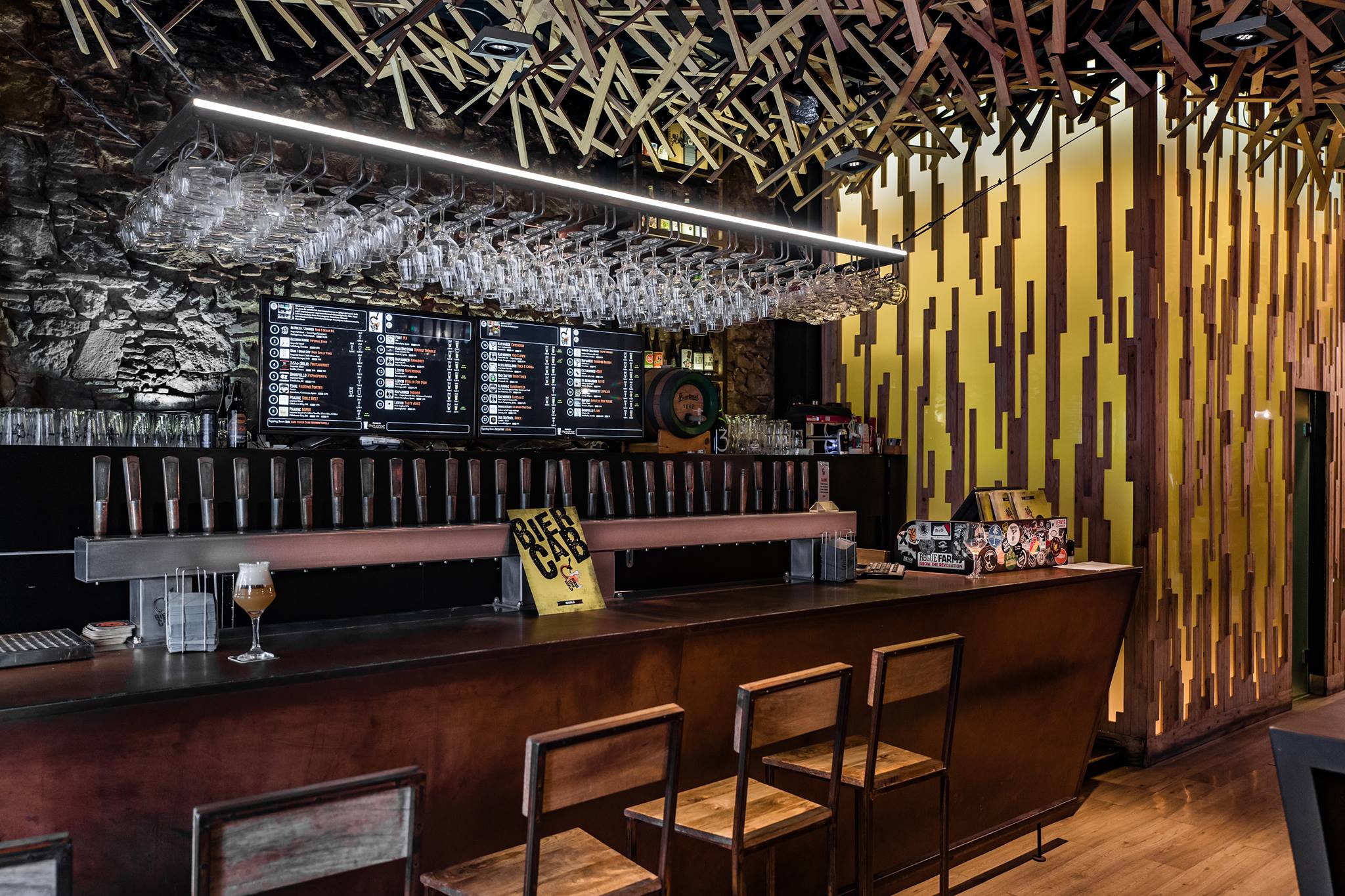
The Craft Beer Revolution - What is Craft Beer?
The craft beer “revolution” has changed the world immeasurably - what else would you expect from a revolution? But there’s something weird going on: nobody seems to know what craft beer actually is. No definition exists for it, yet it’s caused a revolution!
What exactly is craft beer? What does craft beer mean and why the hype? And what about craft beer in the UK? Find out everything you need to know here!
What is craft beer?
It’s actually quite hard to define craft beer. The Cambridge Dictionary definition of craft beer is “beer made using traditional methods in small, independent breweries”, but most breweries that we would now consider to be well-established even started out that way. There are no strict criteria for what makes a craft beer crafty but, there are some loose guidelines.
There is, however, a clear craft beer definition in the USA. The US Brewers Association defines a craft beer brewery as:
- small: a maximum of 6 million barrels (about 7 million hectolitres) output per year
- independent: A maximum of 25 percent of the brewery may belong to a large beverage company
- traditional: The brewer must commit himself to traditional, artisanal methods, the taste must not be created by artificial flavouring but must come from "pure" brewing ingredients

What is a craft beer and how is craft beer made?
The thing that sets craft beer apart is the artisanal and often rare ingredients used and traditional, smaller scale production methods. Craft brewers invest a lot of time and effort, love and attention to create the artisanal beers, we know as craft. Read more about Beer Ingredients.
How does craft beer taste?
The taste of craft beer is so diverse and varied that there is no one answer to that question. Craft beer is often more aromatic and more intense in taste than a “simple” industrial beer, but not always/
What types of craft beer are there?
India Pale Ale, Pale Ale, Stout, Porter, Saison, Gose, White beer, barrel-matured specialties - ultimately every type of beer can be craft beer. Even a common lager can be creatively thought over and brewed to a high quality. In fact, although IPA is seen as the figure head for craft beer, due to its part in the US craft beer revolution and its huge popularity in the last decade, not every craft beer is an IPA.
However, until recently, “craft lager” may have sounded counter intuitive given that lager was exactly what the craft beer revolution set to push against. Craft beers with their rich and complex flavours were designed to contrast the mass produced, flavourless lagers of the time. Which leads us to the next question....


Prohibition and craft beer history
We have the Americans to thank for the ‘craft beer’ phenomenon, as it all began before prohibition. Most immigrants to the US brewed their own beer: there was wheat beer from Germany, various types of ales from England and dry stouts from the Irish. However, after prohibition there were only a few breweries left.
By the 1950s, three large brewing groups dominated the entire US beer market brewing only pilsner (aka lager) and the beer brewing model had evolved into a mass-produced industry, a far cry from “craft”.
That all changed in 1978 when then President Jimmy Carter lifted the home-brewing ban, and hobby brewers were now also allowed to sell their beers. Old beer styles were revived bby home brewers and the rest is history!
Why is craft more expensive?
The price of a pint is often a hot topic for debate within the beer industry. Long story short, craft beers are more expensive due to ingredients, scale and labour. Brewing in small batches with more expensive ingredients will result in more expensive prices for the consumer. But this isn't a bad thing - by paying a little bit more for your pint, you are supporting craft brewers that innovate the industry and often benefit local communities.
We love providing both the big brands you love, as well as bringing craft brewers to join our home draught journey. Wasted Degrees, Fourpure, Brixton, Brussels Beer Project have all been in our beer taps and we can't wait to welcome more onboard!


How do you drink craft beer?
Like any beer, you can drink it however you wish. Keep in mind though that the average ABV for craft beers tends to be much higher, and so downing several in a row might not be the best idea. Craft beer is intended to be properly tasted and enjoyed. Similar to wine, it is more about discovering and appreciating the individual variety of aromas in a beer. The temperature also plays a role here; the colder the beer, the less the aromas can develop. Read here article about Beer Temperatures.
Tasting glasses are often used for drinking, theoretically there is a glass for every beer style, but a tulip-shaped (wine) glass can be used for most.
History of craft beer in UK
To explore how it really penetrated the British beer scene, we must look back to the influx of imported foreign lager around 50-60 years ago. These were lighter, fizzier and less alcoholic than traditional British cask ales. A group of enthusiastic beer fanatics, CAMRA, formed an alliance in direct response to the rise of mass-produced beer.
Additionally, the introduction of a cut in beer duty tax had a huge impact on smaller breweries in 2002; they were allowed to pay 50% less tax. In 1995 there were just 92 registered breweries, by 2017 the UK had reached record numbers, totalling over 2000.
Since the demand and yearn for beers beyond the original Pilsner, thousands of enthusiastic brewers have jumped to fill this gap: from Stouts, Porters and India Pale Ales to Gose and Saison: they’ve rediscovered the beer styles of old and given them a new lease of life.
